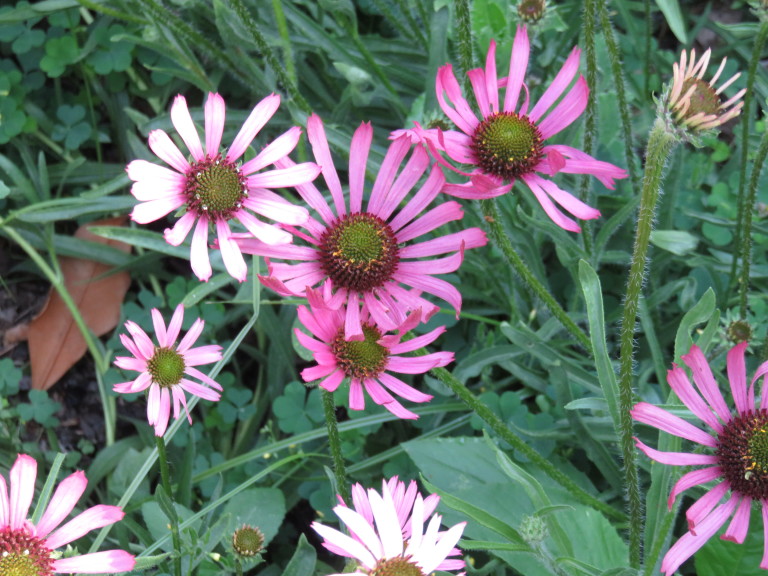

PURPLE CONEFLOWER NOT BLOOMING FULL
'Magnus' has rosy purple blooms up to seven inches across.Ĭoneflowers bloom from early summer into fall and grow best in full sun. The flowers can have interesting shapes with tufted cones like those of 'Secret Passion' and 'Secret Affair', and long rays like 'Big Sky Solar Flare' and 'Hot Papaya'. 'Butterfly Golden Skipper' and 'Prairie Pillars Leilani' are bright yellow Coneflowers and 'Prairie Pillars Flame Thrower' has narrow, orange-red rays. White flowering varieties include 'White Swan', 'Prairie Pillars Fragrant Angel' and 'PowWow White'. What you want by October is a plant that has at least a few strong basal crowns (little rosettes of leaves): this is your best guarantee that the coneflower will make it over the winter.Coneflowers come in every shade of pinkish-purple and reddish-purple and the rays can be broad, fine textured, arching or daisy-like. (Luckily, they’re long-lasting in bouquets.) Just as we pick off blueberry flowers in their first year so they focus their energy on getting established instead of fruiting, we should remove the flowers of coneflowers during their first year. Tip #2: remove all flowers and flower buds during the plants’ first year in the garden – by the end of August at the latest. It’s also important with potted plants: you can more easily overwinter a root-bound coneflower than a little plant swimming in a big pot of saturated potting soil.

Heavy, waterlogged soil is a far cry from the well-drained, sandy soil of the American Midwest prairie, from whence these plants hail. These plants don’t thrive where water stands over the winter. Tip #1: give your coneflower good drainage.
PURPLE CONEFLOWER NOT BLOOMING HOW TO
Meantime, here’s how to succeed with the first generation of yellow and orange coneflowers: tenneseensis, a vigorous species producing masses of flowers and basal shoots… as this breeding progresses, the new red and orange echinaceas are becoming stronger and more floriferous. Now, breeders and hybridizing these beautiful but less vigorous coneflowers with E. Consumers started to complain about plants being weak or not surviving our wet winters. When this plant was hybridized with the sturdy pink species, more interesting colors emerged but the plants were less adaptable to winter wet or cold. paradoxa isn’t particularly vigorous in the garden. paradoxa to introduce more exciting colors like yellow and even red into the flowers. Breeders began to hybridize these handsome, old-fashioned flowers with species like E.

angustifolia, the two pretty purple or sometimes white species most commonly used in medicine. He gave me the backstory:įirst gardeners were growing Echinacea purpurea and E. Dan is co-founder and plantsman extraordinaire at Terra Nova Nursery, a wholesale nursery and breeder that has been developing echinaceas, heucheras, tiarellas and other trendy plants. So what gives? For insights, I went straight to the Pacific Northwest’s own authority on the subject, Dan Heims. The exciting developments in color in coneflowers – once mostly seen in purple and white and now available in a range of hues of orange, red and yellow – came at a price… especially frustrating when one gallon plants cost upwards of $15. If you’ve had this problem, you’re not alone.



 0 kommentar(er)
0 kommentar(er)
